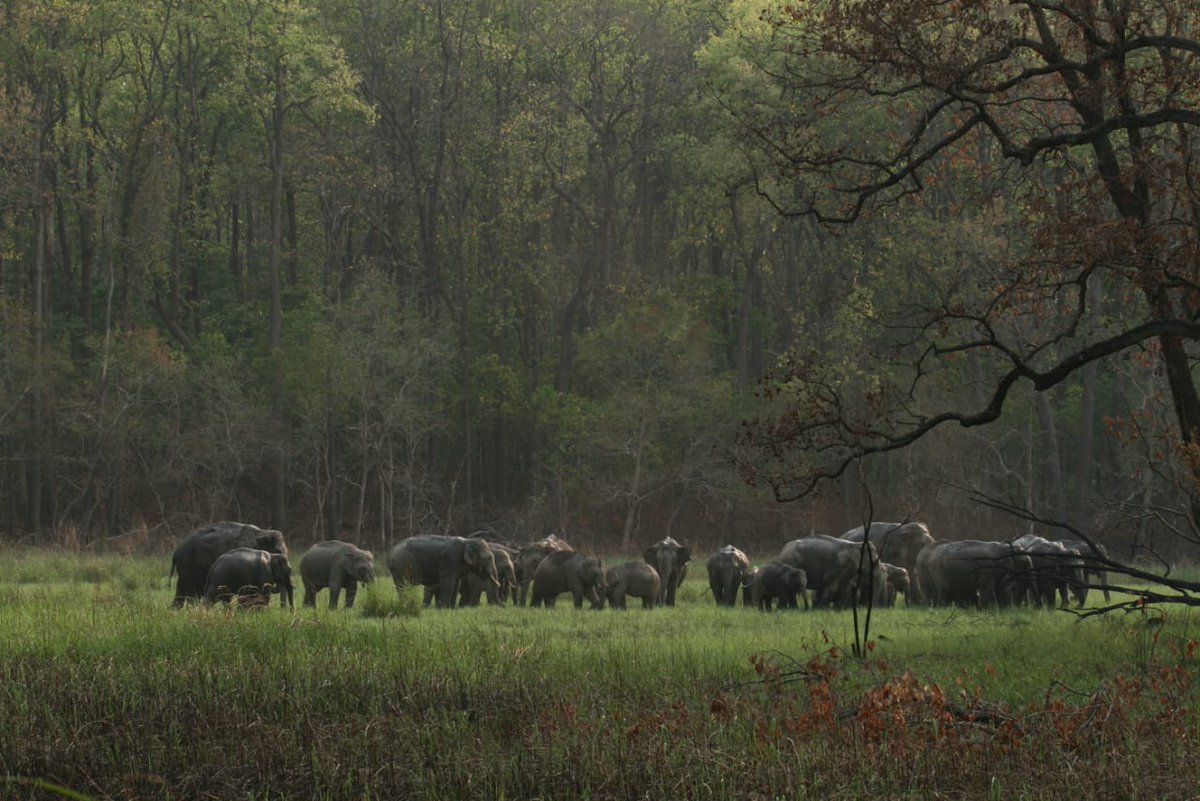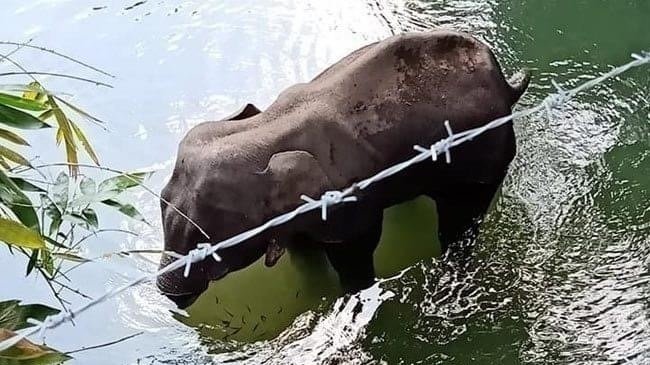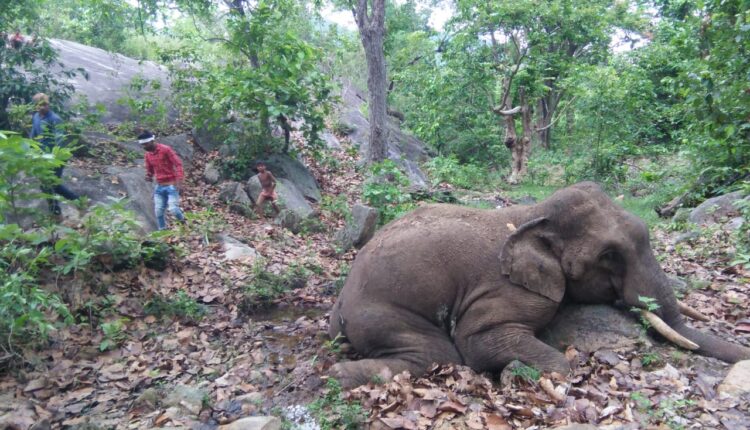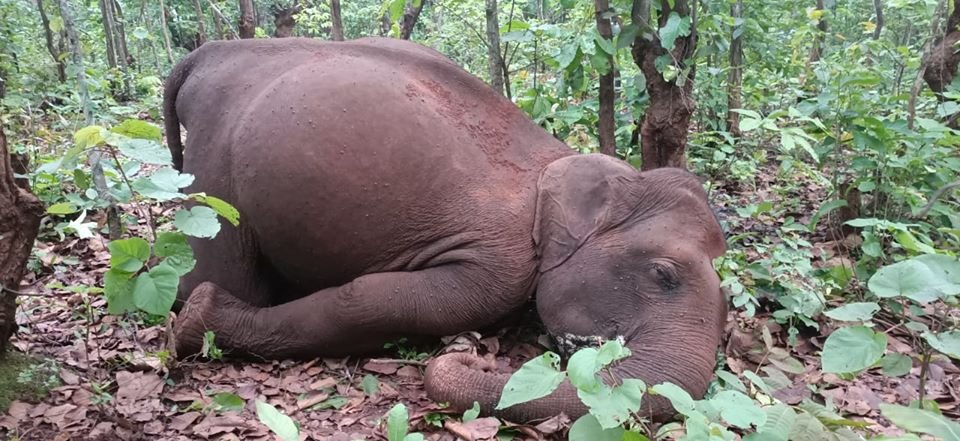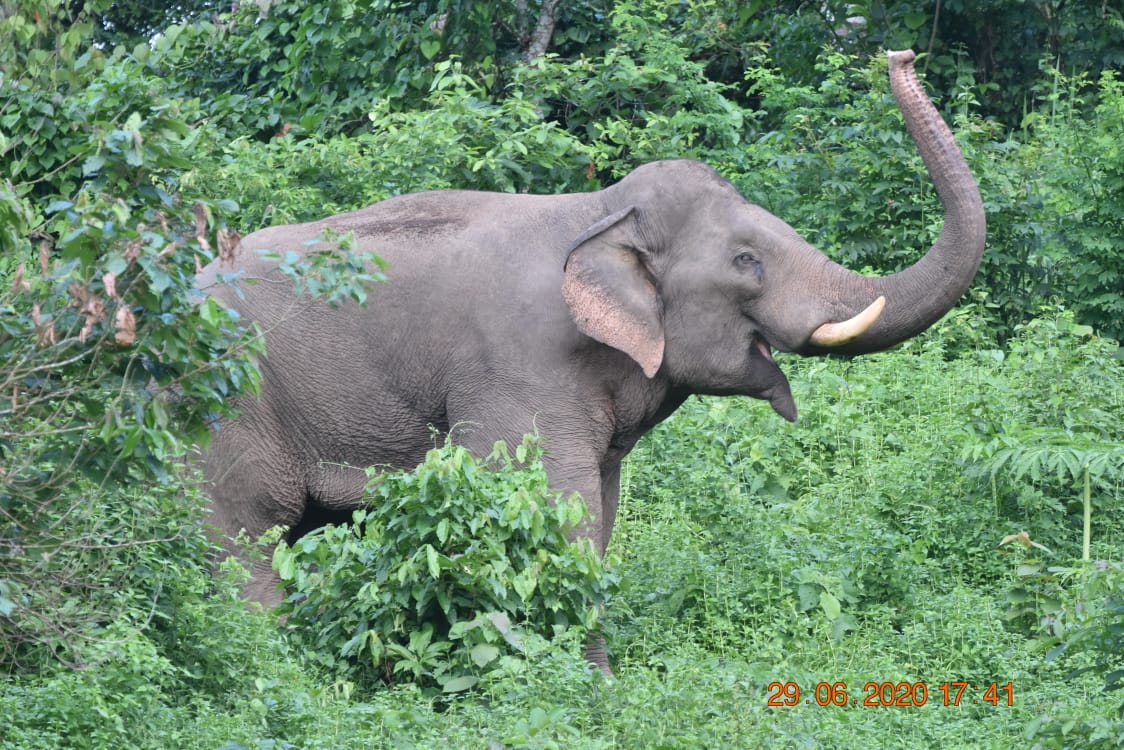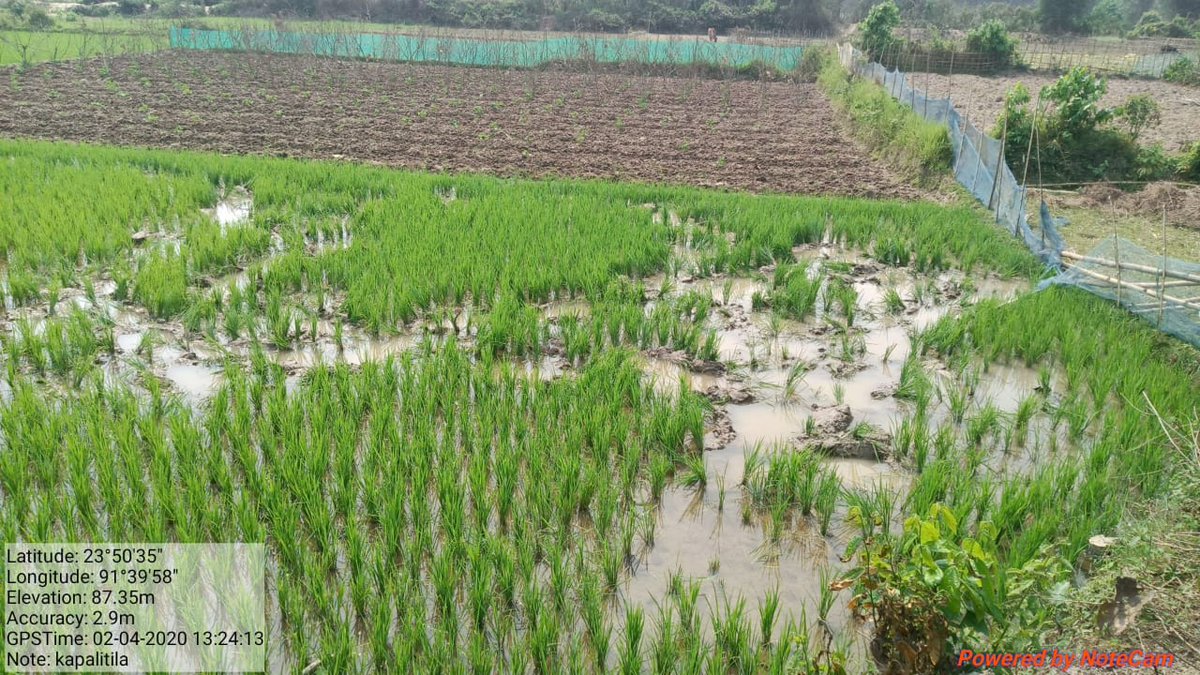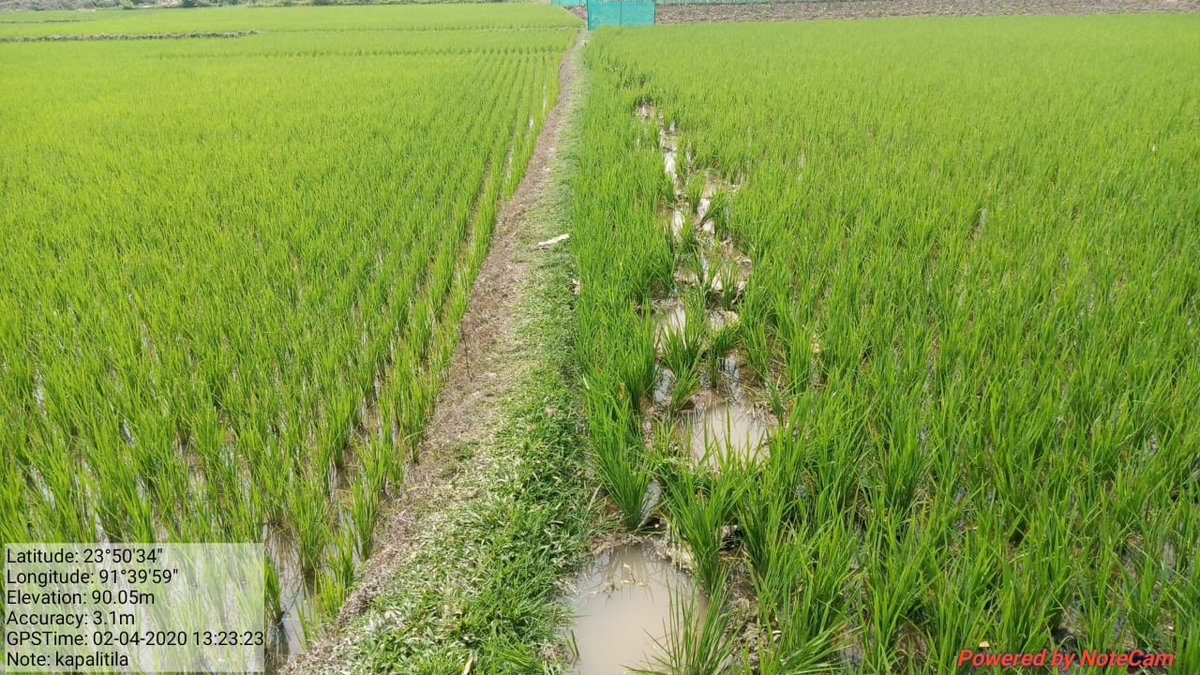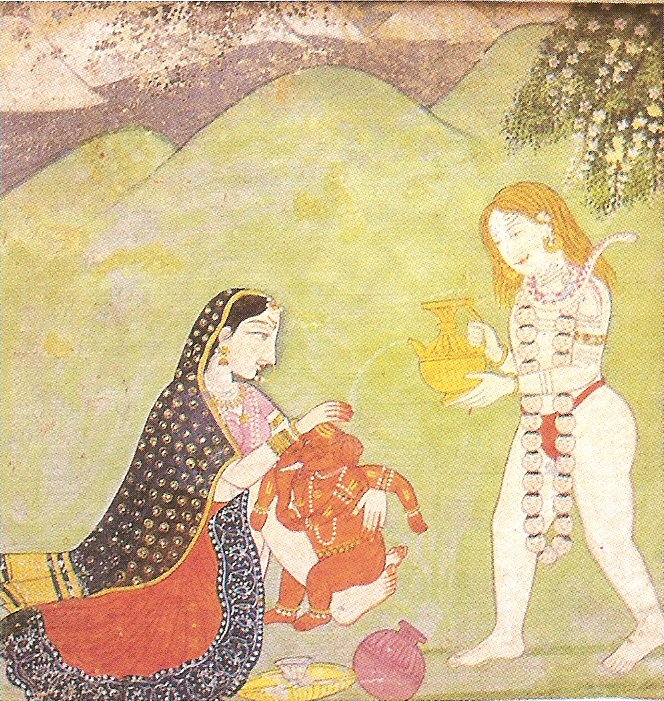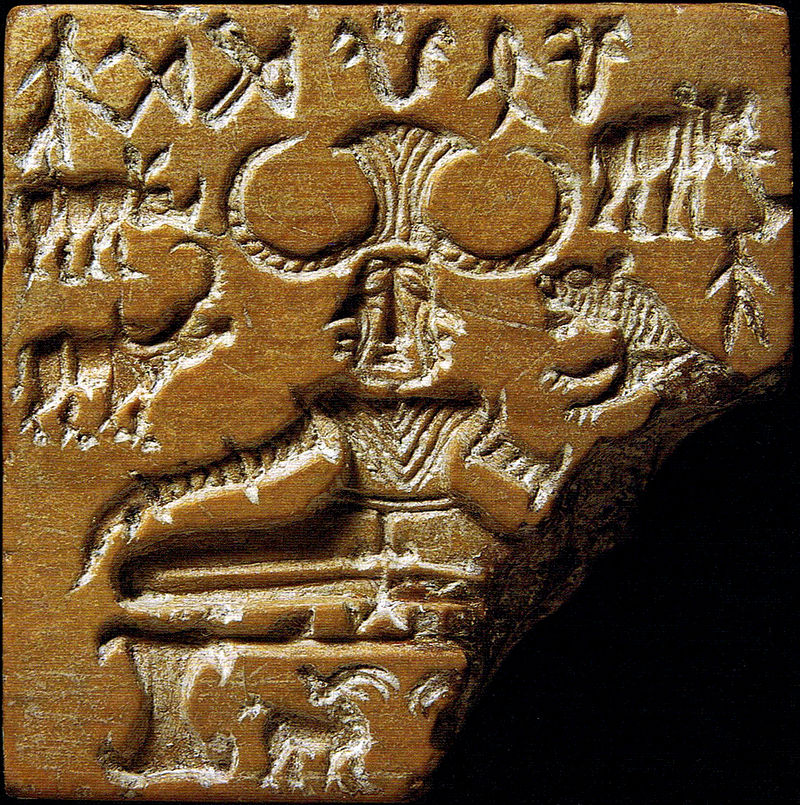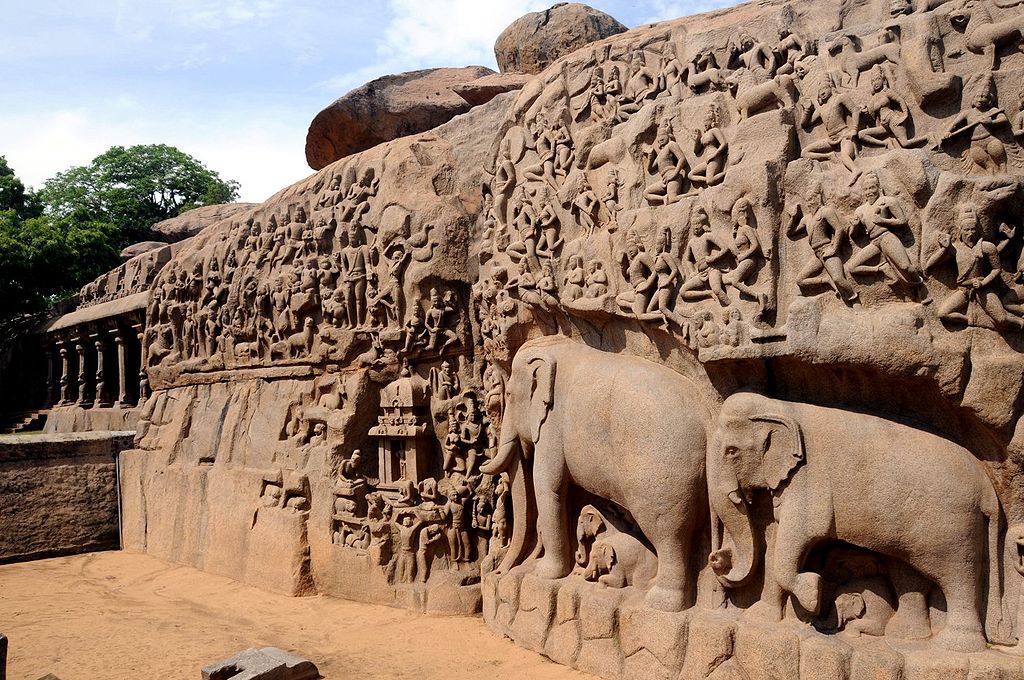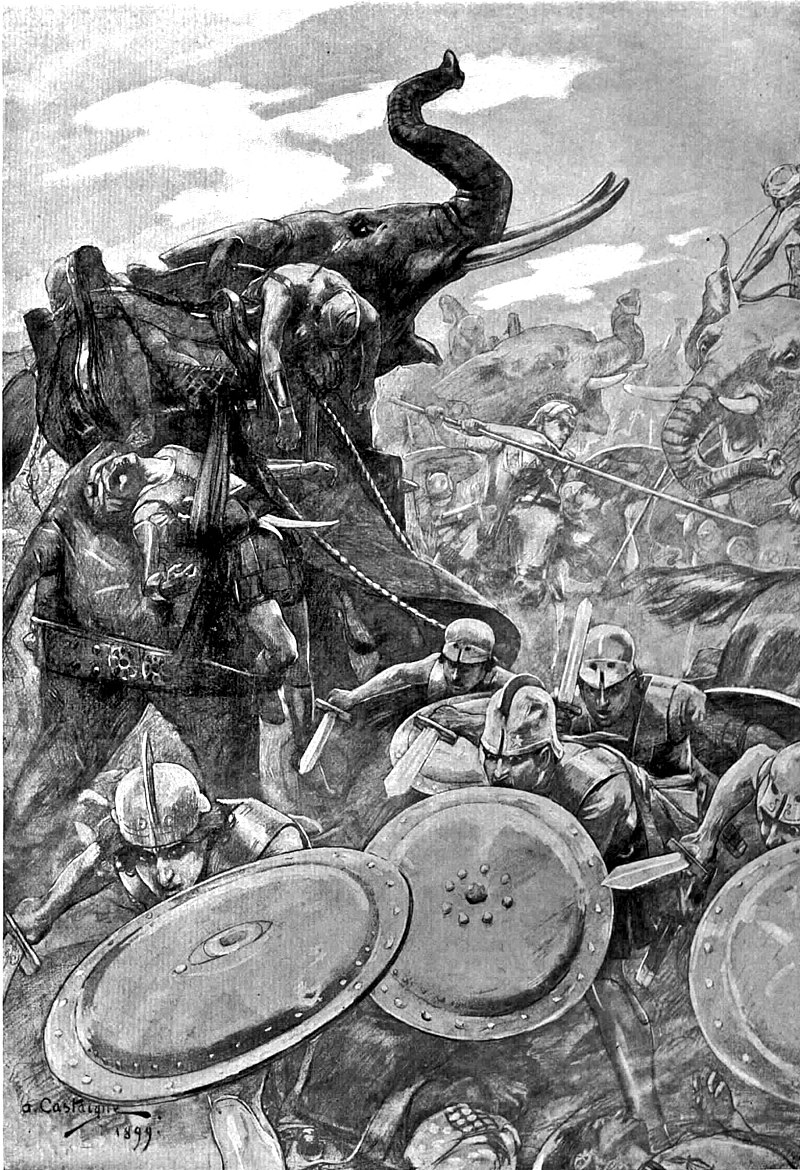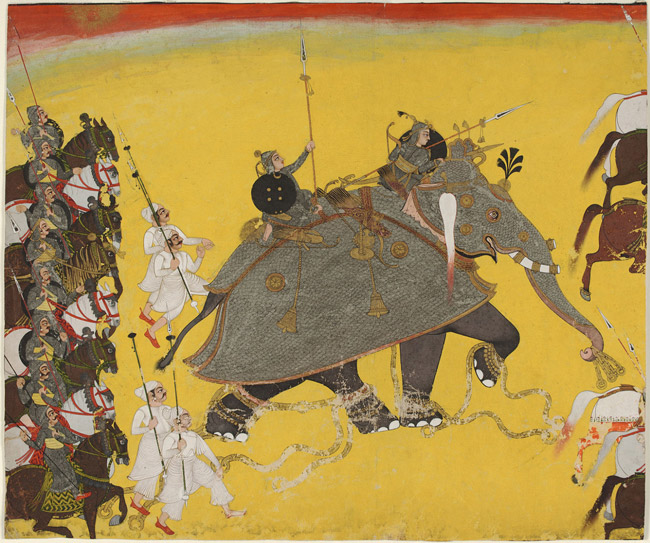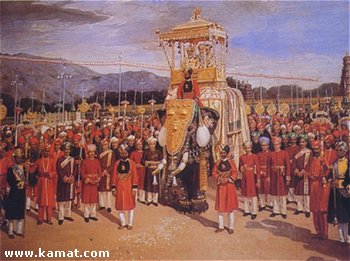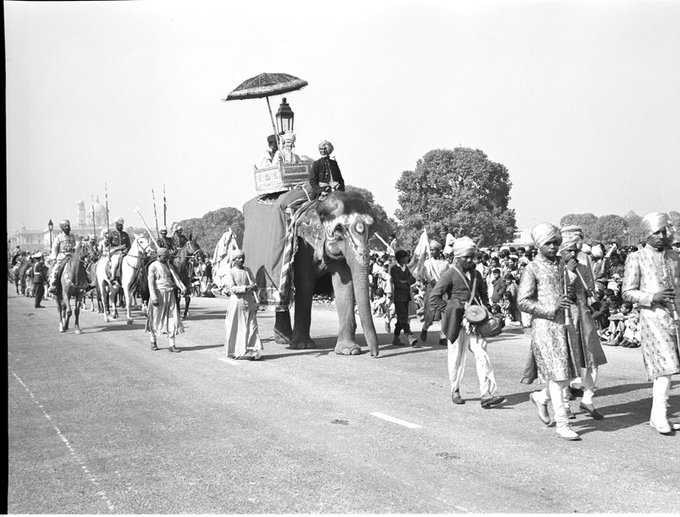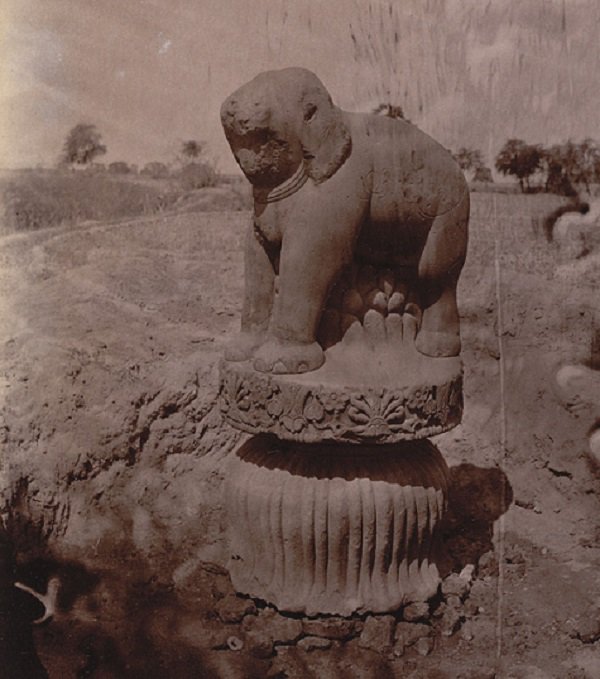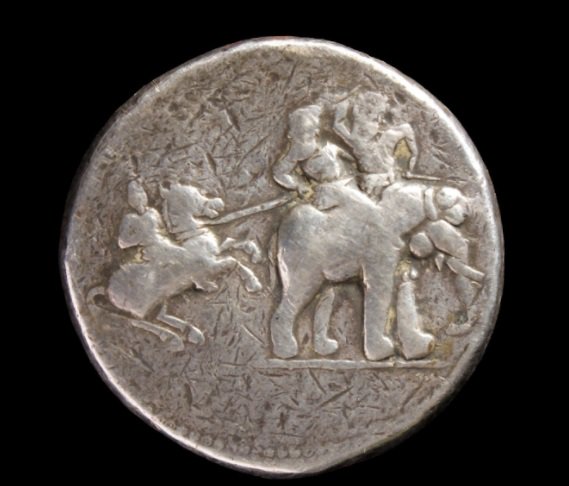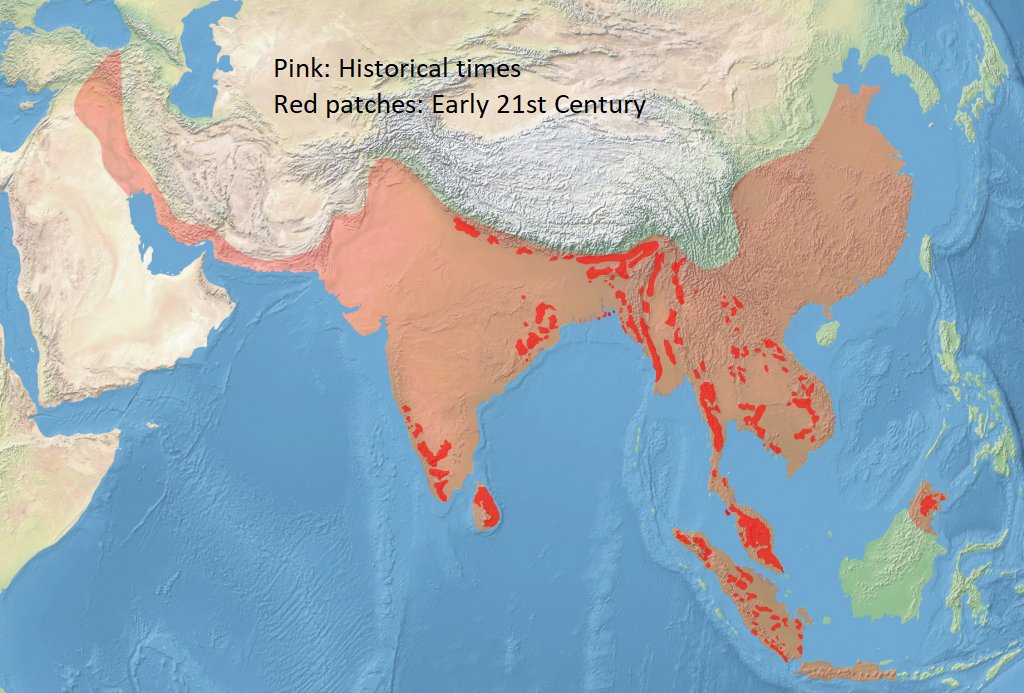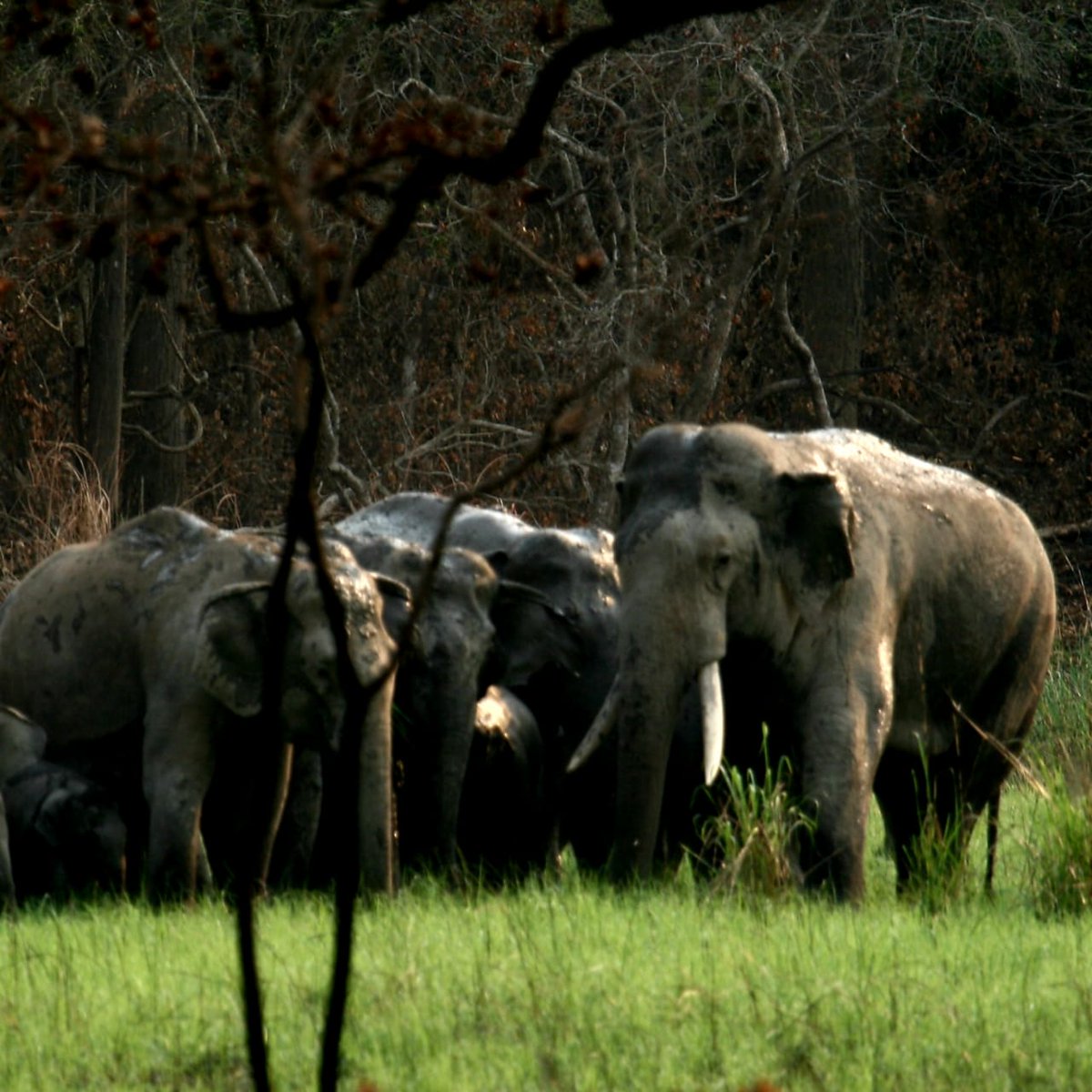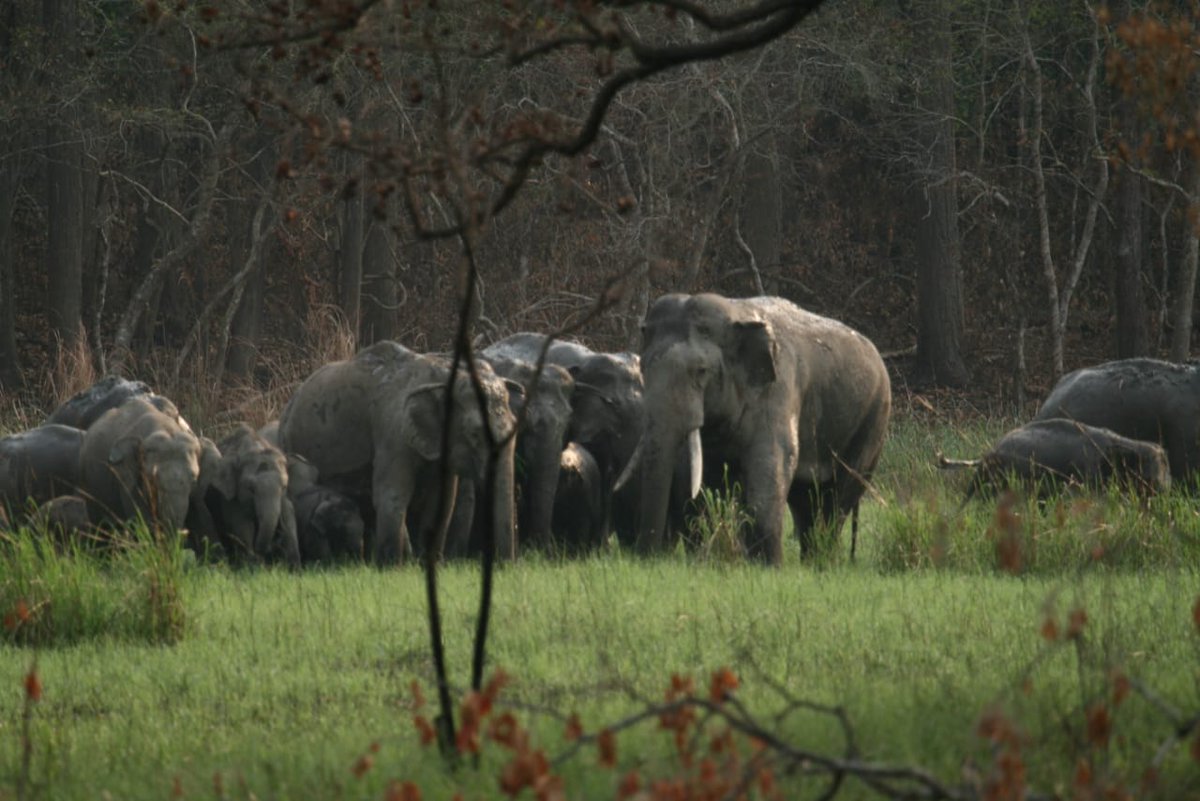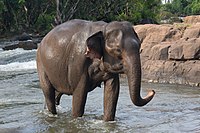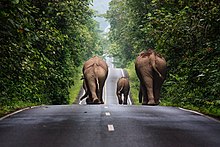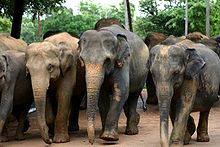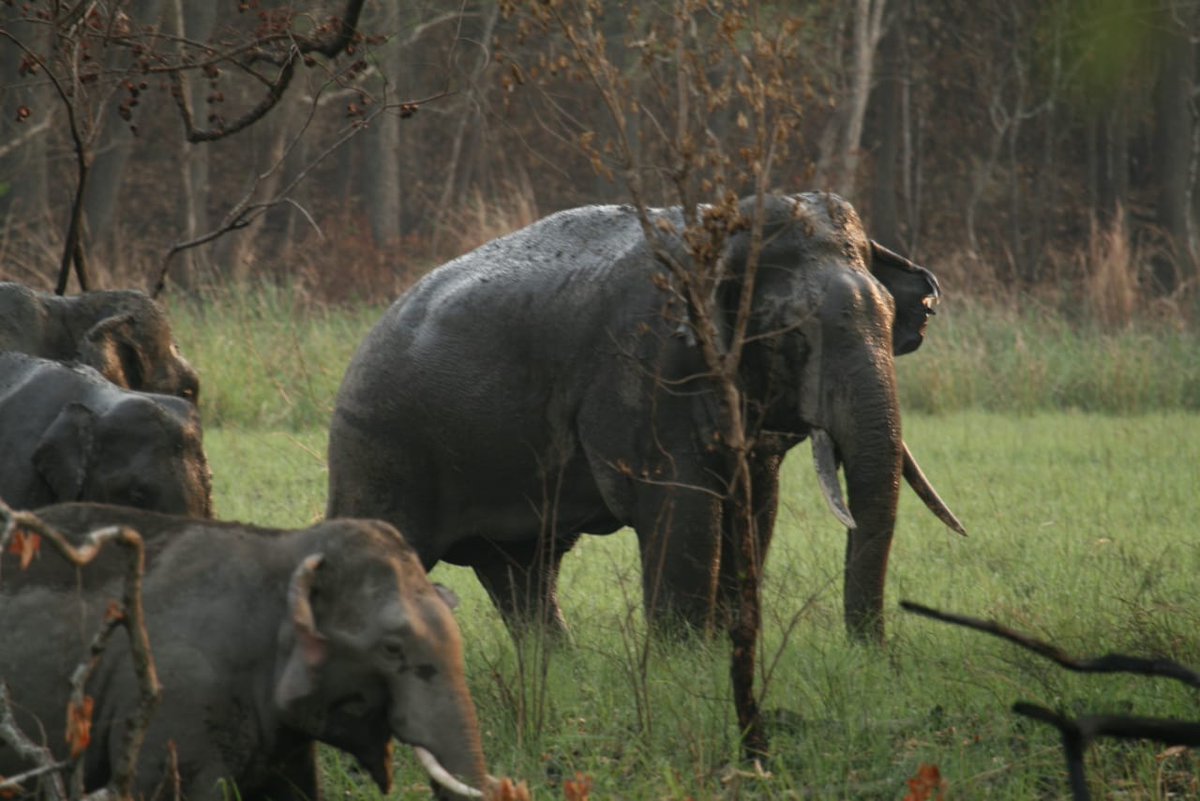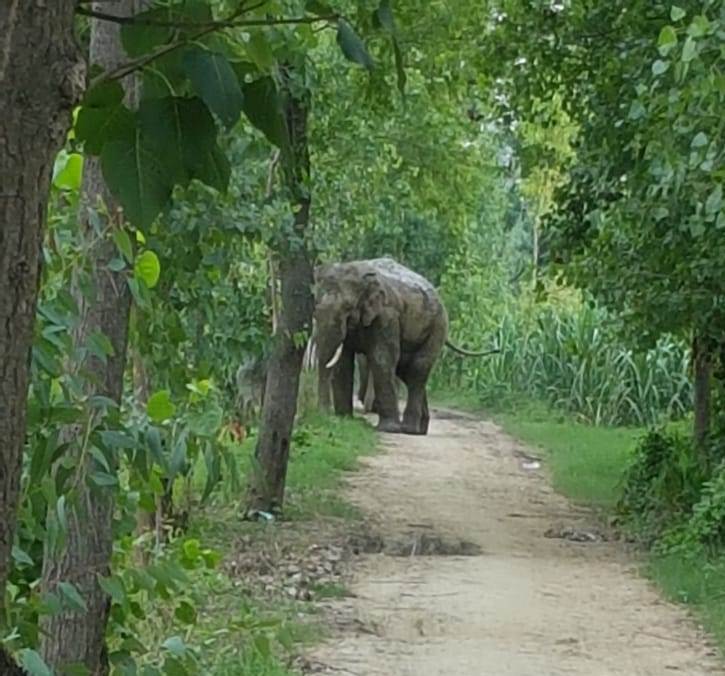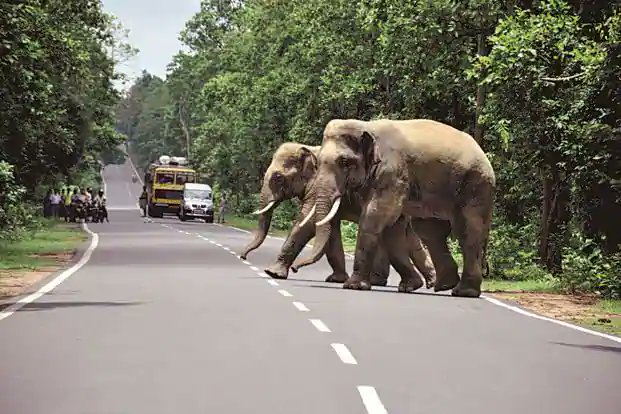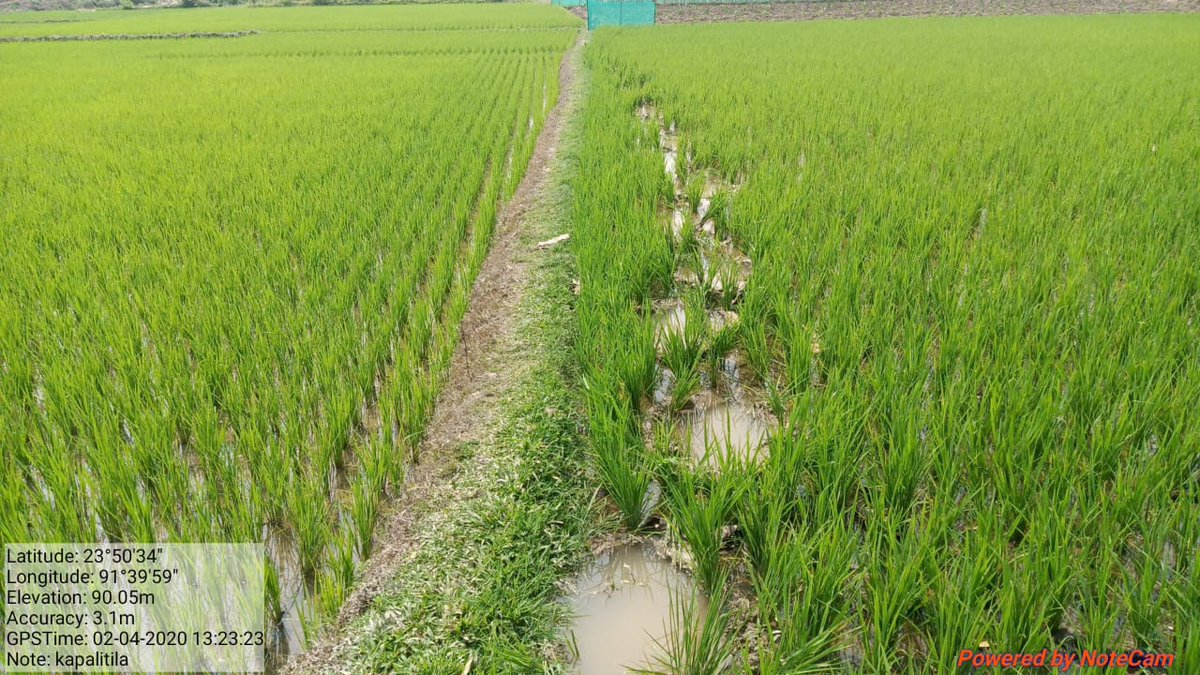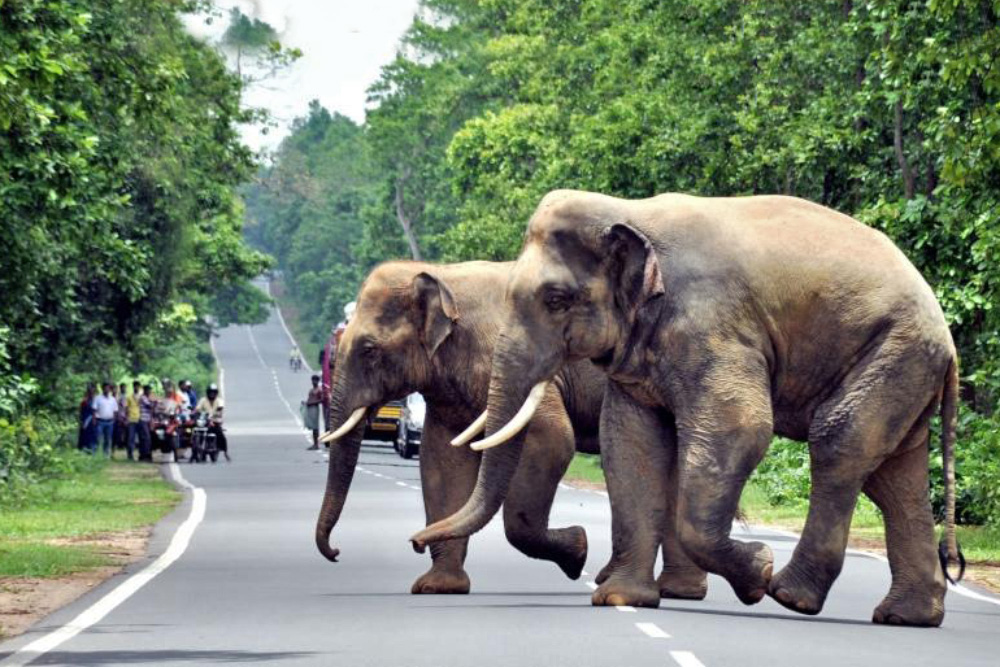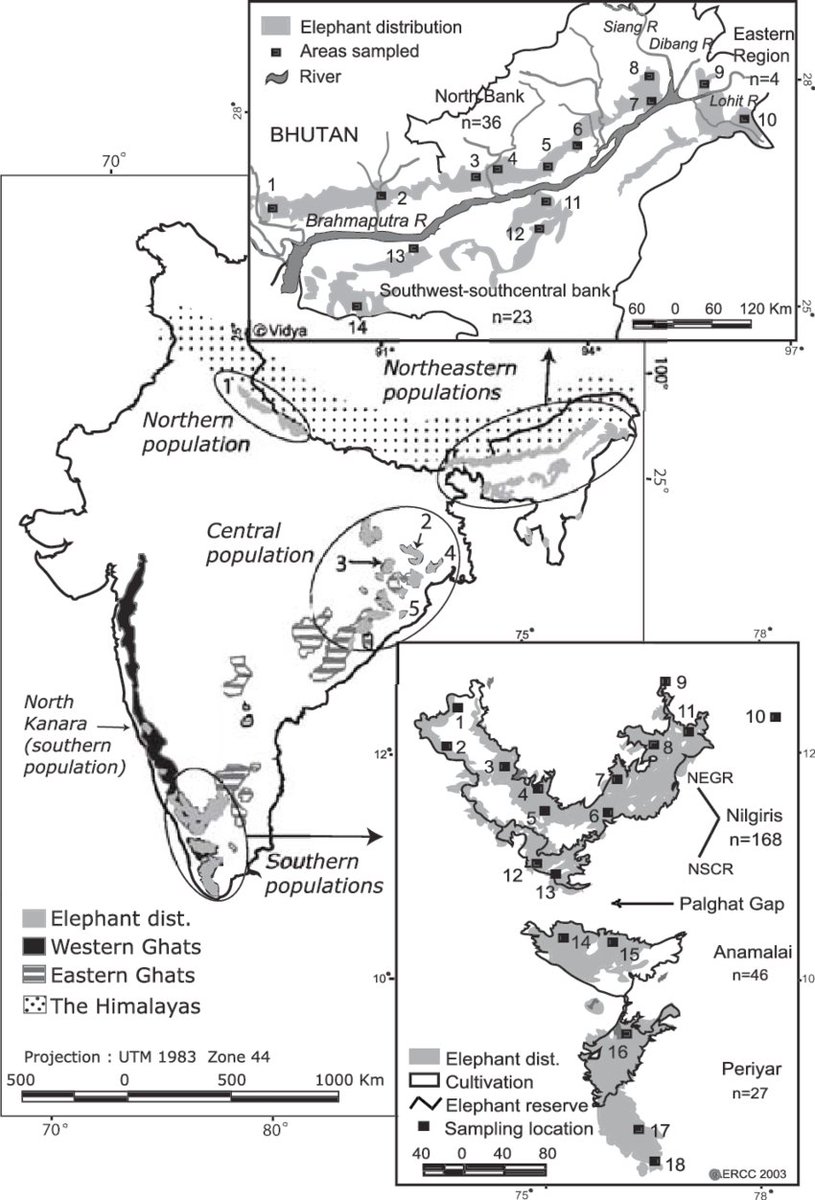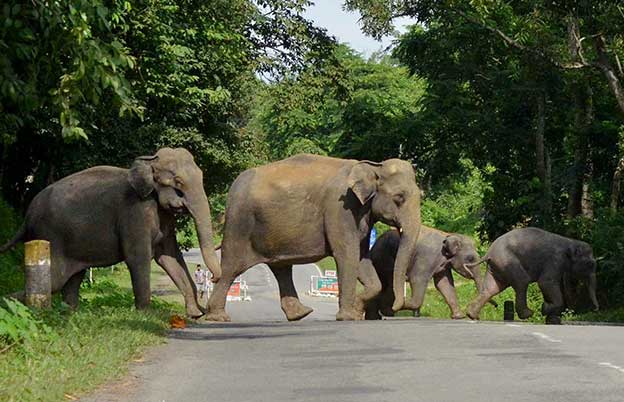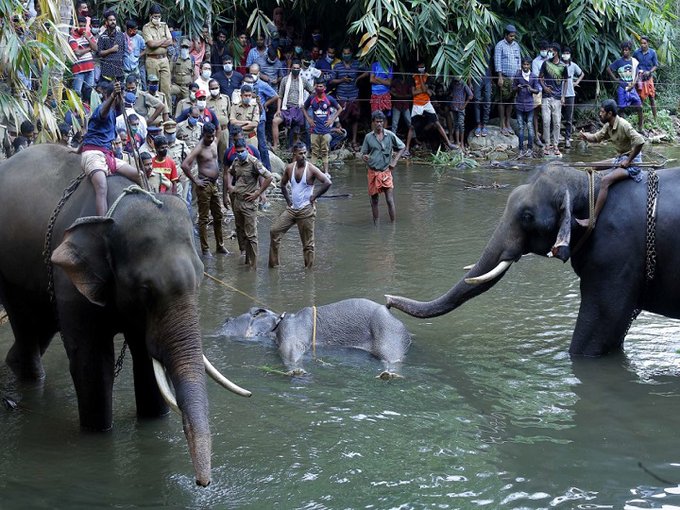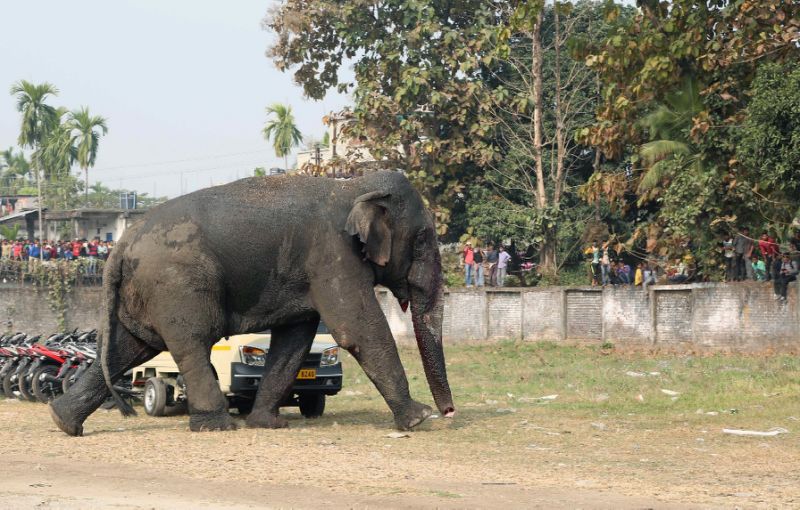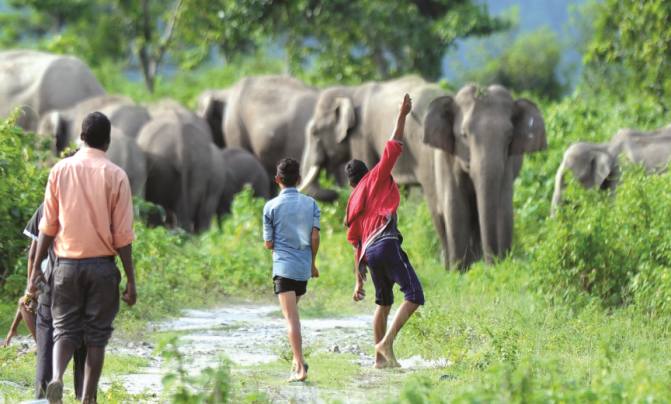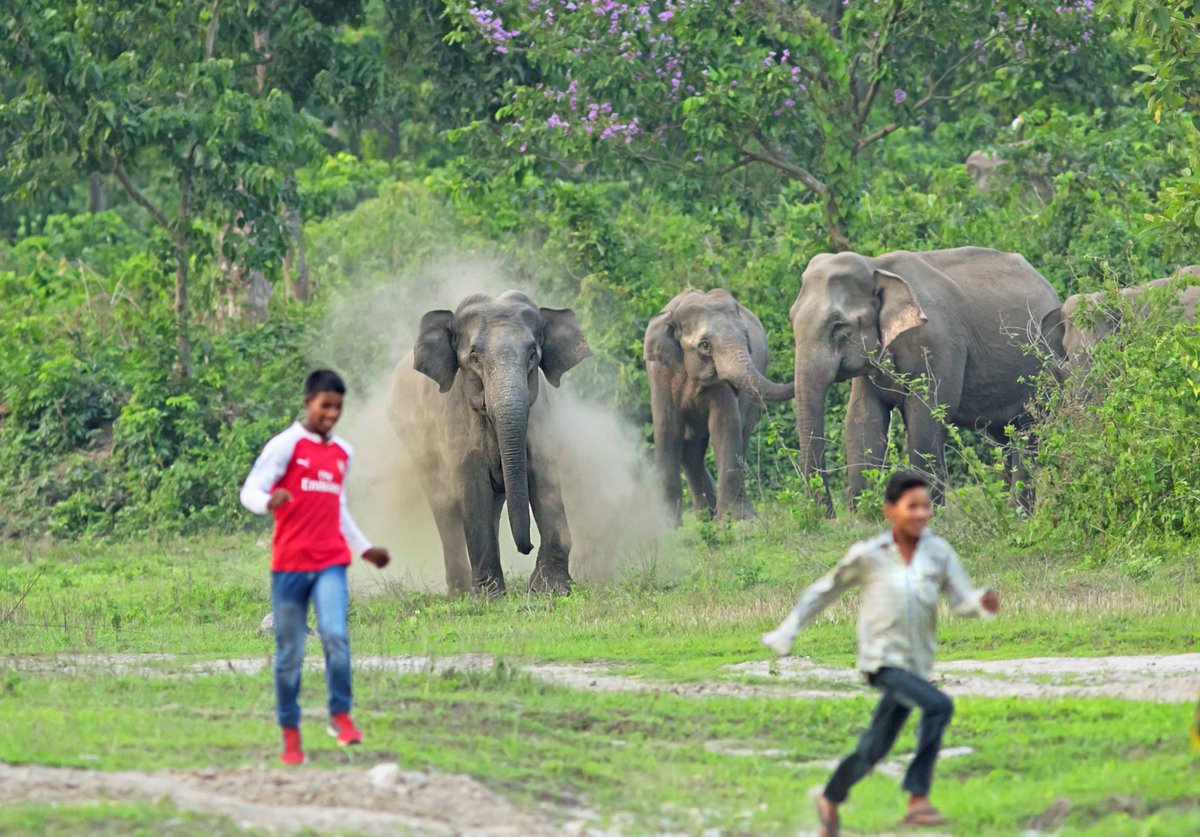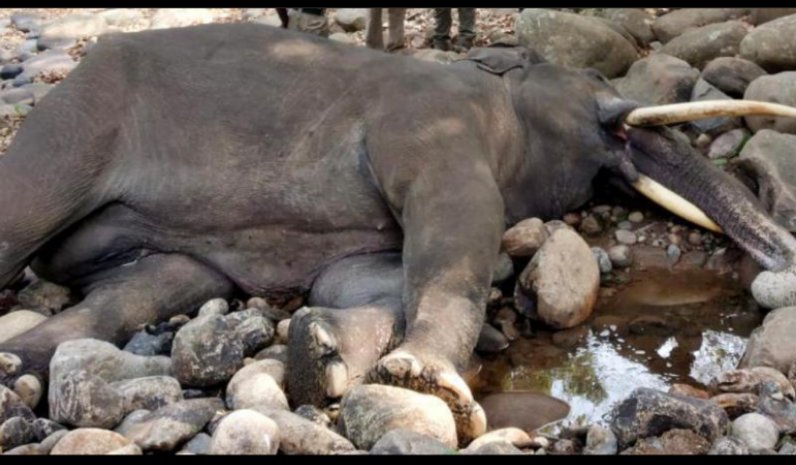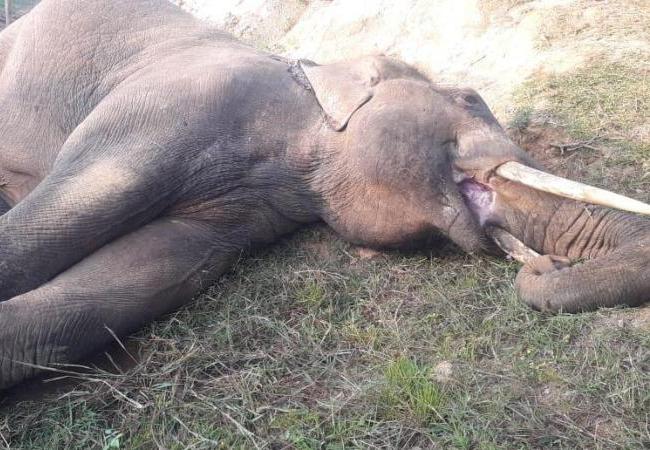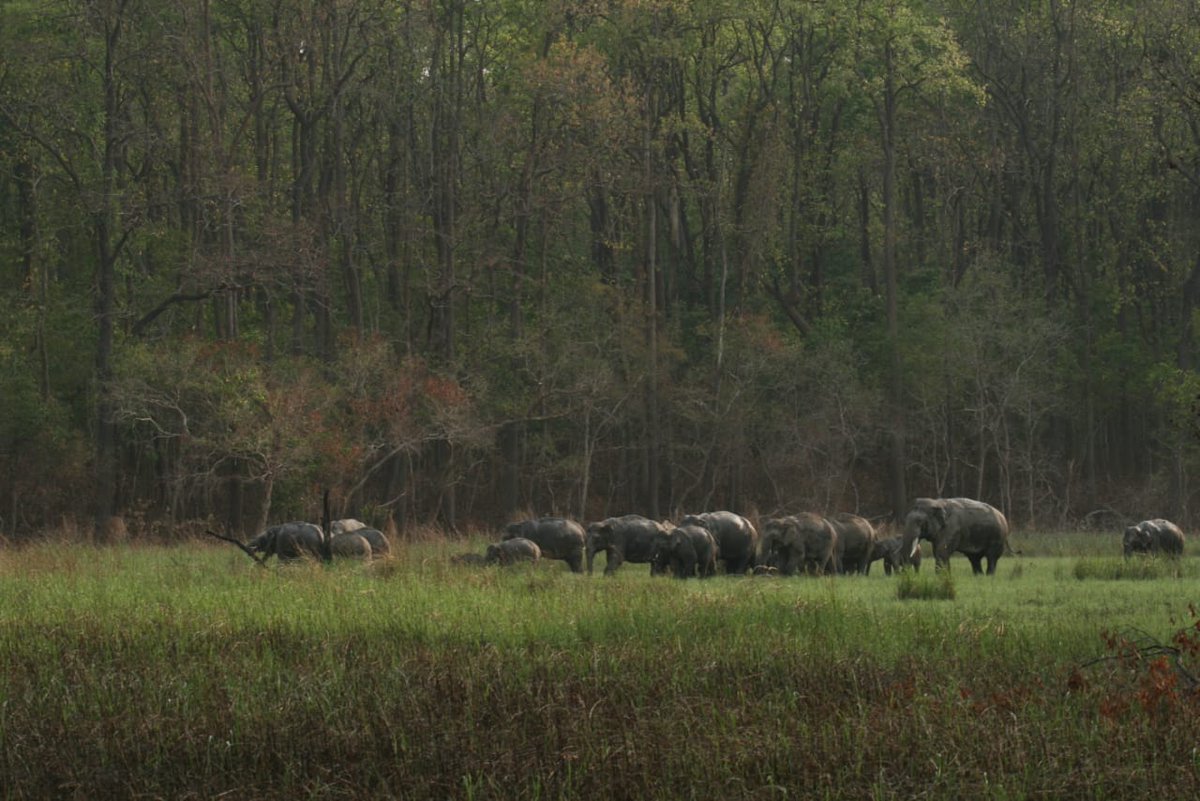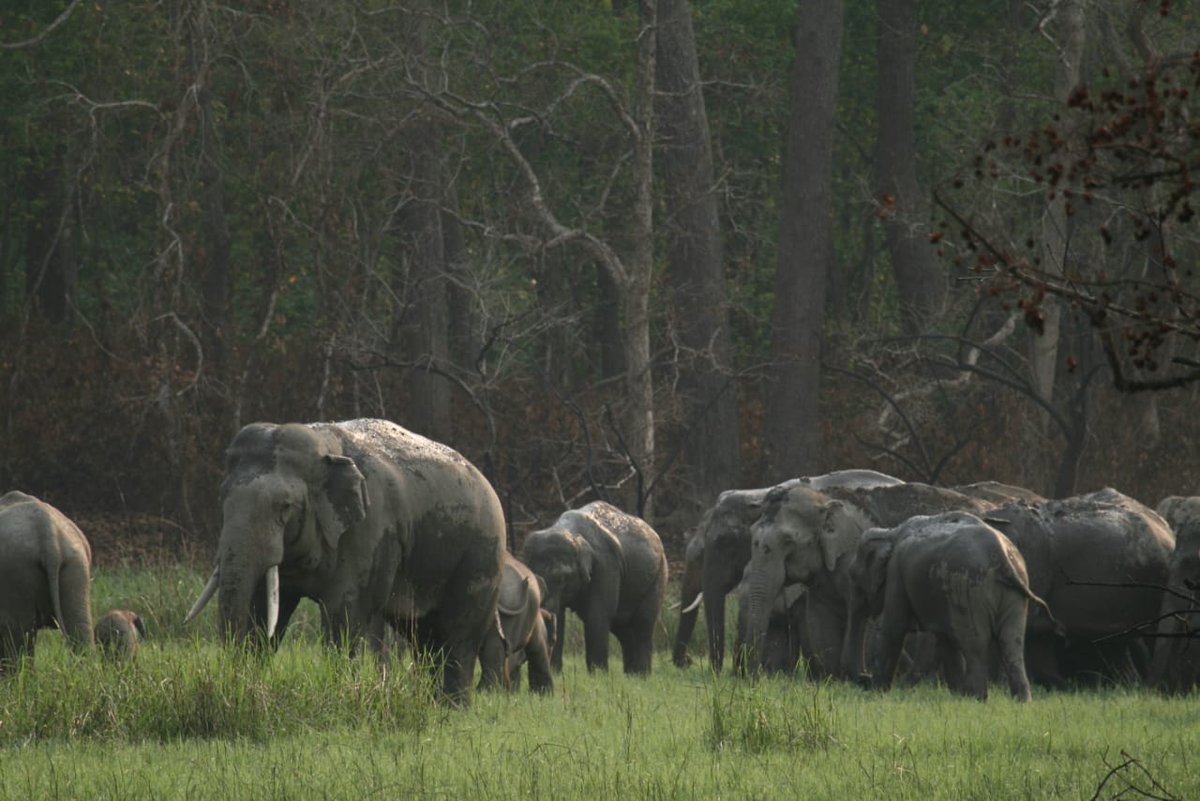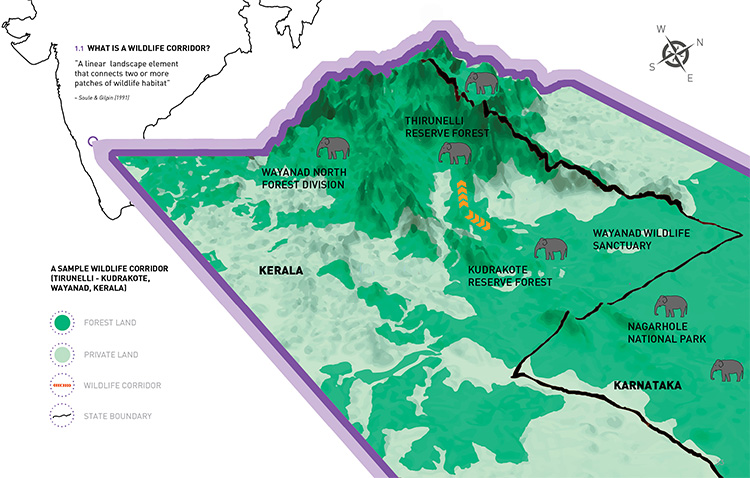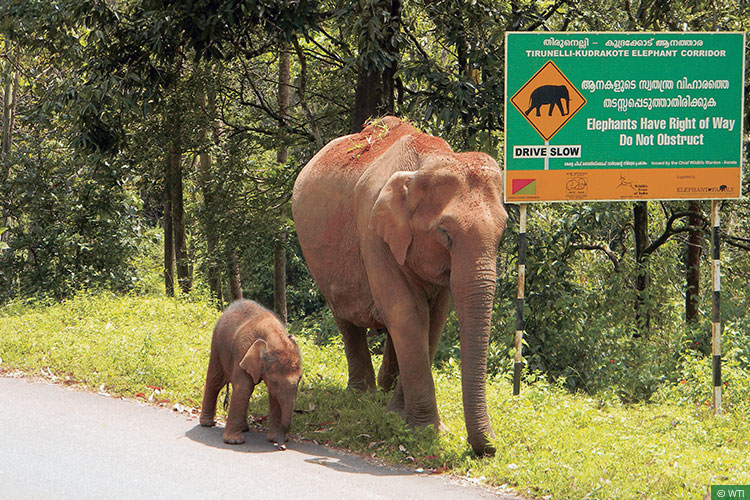In the corridors of human-elephant co-existence.
1/ This thread is dedicated to the most magnificent of the animals on earth, the Elephant. Huge yet humble, powerful yet responsible, intelligent yet unassuming, it is held in great awe and reverence. And, it is feared too.
1/ This thread is dedicated to the most magnificent of the animals on earth, the Elephant. Huge yet humble, powerful yet responsible, intelligent yet unassuming, it is held in great awe and reverence. And, it is feared too.
2/ Recent deaths of elephants, most notably that of the pregnant elephant in Kerala, have shaken the collective conscience of the society. Foresters, generally held responsible, are equally, if not more, pained by such unfortunate incidents & unnatural death of any wild animal.
3/ I remember having spent many a sleepless nights and anxious days dealing with extreme human-elephant conflict situations in my Division during 2004-08. A major part of my tenure was devoted to preventing such occurrences. The situation has not changed much over the years.
4/ The elephant has been a part of our mythology, philosophy & religion, and has influenced our culture, art & literature since ages. It is worshipped in Hinduism as the incarnation of the elephant god Lord Ganesha.
5/ History is replete with evidence of elephants having always had a place of immense significance in this great land of ours, such as-
The Pashupati Seal (2350-2000 BC) or the Elephant Seal (2500-1500 BC) from the Indus Valley Civilization;
The Pashupati Seal (2350-2000 BC) or the Elephant Seal (2500-1500 BC) from the Indus Valley Civilization;
6/ Queen Māyā of Sakya, dreaming of a white elephant while conceiving Gautam Buddha (5th Century BC); Ancient rock cut sculptures such as the ‘Descent of the Ganges’ at Mahabalipuram (7th Century AD) and the one depicting Lord Ganesha at Unakoti, Tripura (11th Century AD) etc.
7/ The elephants have also been an integral part of our society for use in wars, festivals, and religious processions etc. since historical times.
8/ More than 100,000 Asian elephants are estimated to have existed at the start of the 20th century, but they have been reduced by ~50% in next 100 years . Asian elephants used to roam across most of Asia- from modern day Iraq in West Asia to whole of South East Asia.
9/ The Elephas maximus or the asian elephant distribution is, however, now restricted to just 15% of their original range in India, Nepal, Bhutan, Bangladesh, Sri Lanka, Myanmar, Thailand, Laos, Cambodia, Vietnam, China, Malaysia, and Indonesia.
10/ India has an estimated population of about 27,312 elephants- about 55% of the world population. These range in 29 Elephant Reserves spread over 10 elephant landscapes in 14 States, covering about 65,814 sq km of forests in North-East, Central, North-West and South India.
11/ Megaherbivores such as elephants, with large ‘home range’ & food requirements need extensive habitats for survival. They need vast areas to roam for browsing & foraging, and migrating to better forest habitats with change of seasons.
12/ The ‘home range’ of an elephant herd (or the area it has to roam over in search of food & water) can vary from an average ~250 sq km (in rich forests) to >3500 sq km (in highly degraded, fragmented landscapes). As is obvious, more degraded the habitat, larger the range!
13/ The North-Eastern population of about 9,650 elephants in 7 North-Eastern States is now discontinuously distributed and exists as 15 different populations in an area of ~8,900 sq km! This highlights the gravity of the problem of elephant habitat degradation & fragmentation.
14/ Elephants are threatened today because of poaching as well as loss, shrinkage and degradation of their available habitats due to spread of human settlements, industry, farming, mining, linear infrastructures etc.
15/ These long ranging animals, however, cannot remain confined to small isolated pockets as they need to move out in search of food & water to sustain them. This brings them into avoidable contact with humans enhancing human-elephant conflict in many parts of the country.
16/ In extreme situations, this conflict results in casualties on both sides. Every year, about 400-450 humans lose their lives due to human-elephant conflicts in India and on an average about 100 elephants are killed by humans in retaliation for damage to life and property.
17/ It has long been established that only way to address this ever worsening situation is that key elephant habitats are inter-connected to maximum possible extent to ensure uninterrupted movement of isolated elephant populations, especially without being disturbed by humans.
18/ In other words, we need to maintain elephant corridors- linear, narrow, natural habitat linkages between secure elephant habitats along the traditional movement paths of elephants- to allow them to move unhindered and without bringing them in contact or conflict with humans.
19/ The elephant corridors can ensure long-term viability of isolated elephant populations by enabling access to a larger area of habitat to forage, re-colonization, genetic exchange between local populations, and migration due to climate change & habitat degradation.
20/ The elephant corridors would also play a crucial role in maintenance of ecological processes including migration, colonization and interbreeding of other plant & animal communities, thus enhancing their chances of survival.
21/ The Wildlife Trust of India has identified 101 elephant corridors in the country in consultation with State Forest Departments concerned. Out of these, 6 have been secured and 6 more are currently in the process of being secured.
22/ Meghalaya example: Meghalaya, with a population of 1,754 elephants has one of the highest density of elephants in the country. The Wildlife Trust of India has identified five elephant corridors in the Garo Hills District for connecting key elephant habitats in the State.
23/ I may conclude by re-emphasizing that securing & maintaining elephant corridors to connect the key elephant habitats appears our best bet to save this magnificent animal as well as to minimize human-elephant conflicts.
24/ Undoubtedly, it is a herculean task given the huge complexities involved. But not impossible. The elephant has been a part of our physical, cultural, social, and religious ethos since ages and is a reflection all that is Indian. Can we let it suffer?
25/ Acknowledgements: WTI website & their publication titled ‘Right of Passage: Elephant Corridors of India& #39; (2nd Edition); WWF website; Meghalaya FD website; Wikipedia; Internet; Shri PP Singh, IFS & Dr N K Chanchal, IFS.
26/ I sincerely express my inability to acknowledge everyone individually for the pictures sourced from internet but their use is intended only for illustration of certain information for general awareness on the matter. The information presented here can be used freely by all.
I have been seeing some amazing pictures of #elephants from across the country on #Twitter posted by a number of brilliant #wildlife #photographers. They may share their views and experiences. @susantananda3 @AnkitKumar_IFS @IfsSitanshu @GowdaIfs @CentralIfs @NatureIn_Focus
https://www.hindustantimes.com/india-news/at-least-500-persons-are-killed-in-human-elephant-conflict-every-year-environment-min-data/story-MbLQNN5Snm22W6gC32Of0I.html">https://www.hindustantimes.com/india-new...

 Read on Twitter
Read on Twitter